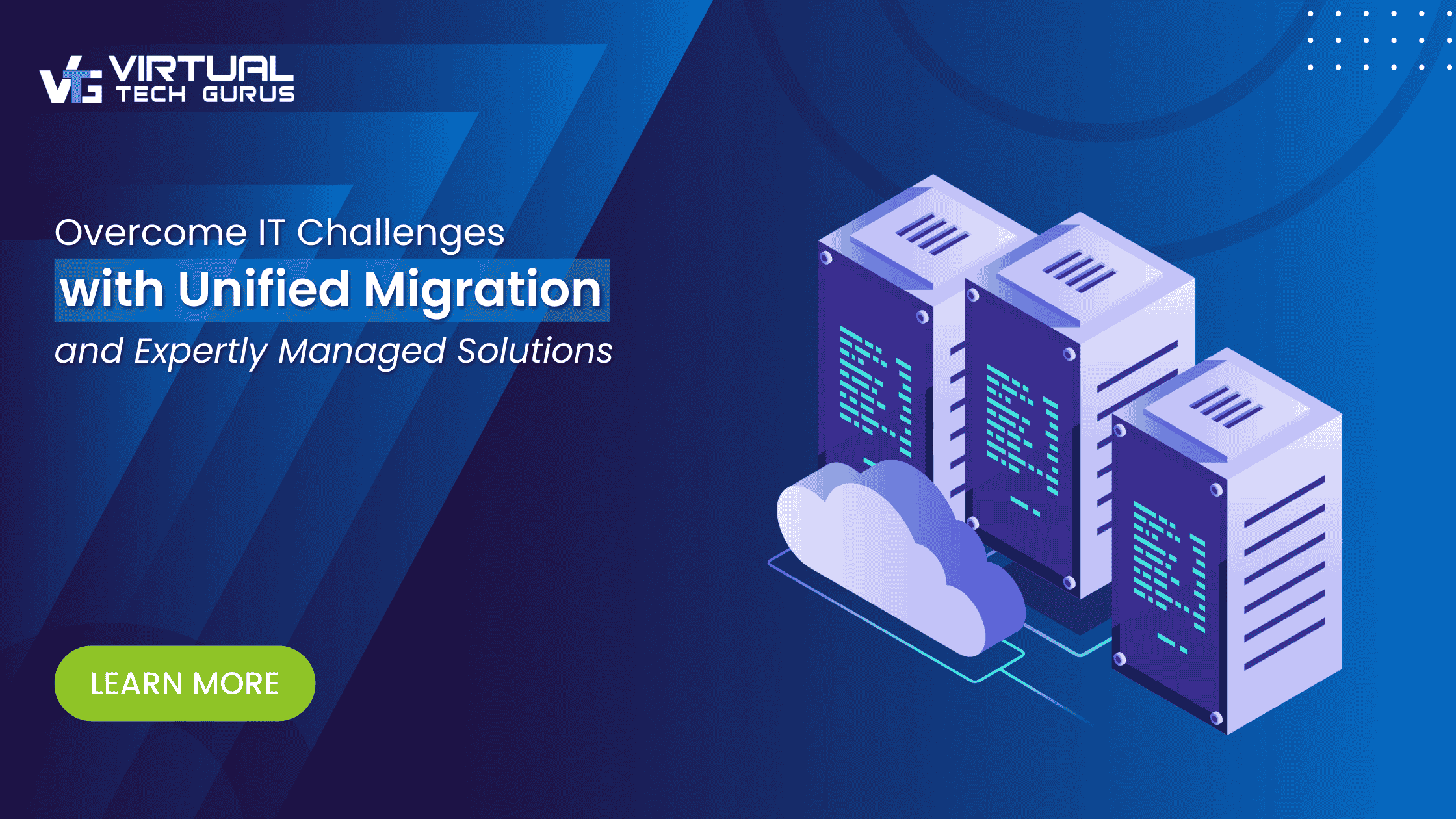Why Effective Planning Eliminates Migration Complexity
Data center migration can be complex, time-consuming and costly and that makes careful, comprehensive discovery and planning essential. Skipping tasks at this stage can lead to errors, problems and unnecessary rework later in the project. As well as enabling a smooth migration, discovery and planning can also help identify hidden costs or assets that are underused or no longer required.
Effective planning begins with strategy and scope — what’s the aim of the migration and what will be included? Data center consolidation or relocation may be necessary to reduce costs or free space. Migration to the cloud can give the business greater flexibility, agility and reach as well as giving access to the latest hardware and software. Migration can cover all assets or exclude those that are mission critical.
Automation speeds discovery
Those decisions affect the scope and timing of the migration and form a key part of the overall plan. Timing is an important consideration; migration can cause disruption to normal business processes so it is essential to minimize downtime and disruption to users.
Using traditional manual discovery methods can delay any migration project. Discovery is a data-intensive process and that’s why it’s essential to use automation tools. VTG’s patented ZENfra, for example, provides automation processes for each stage of migration. This tool integrates initial assessment, development of a strategic migration plan and pre-migration to ensure a successful end-to-end transition.
Eliminate risk
Automation tools eliminate the complexity of data capture and reduce the risk of human error. ZENfra, for example, captures information using log files and provides reports for architects, migration engineers and project managers. This provides a comprehensive, accurate basis for designing and scheduling the migration process.
The information available from automated discovery can enable significant asset consolidation. Many organizations find that they can retire up to one third of their assets with further potential savings on future maintenance and license costs. Consolidation also reduces the scope and timescale of the migration, so it pays to ensure discovery is accurate.
Ensure compliance and performance
Before migration can proceed, it’s also important to obtain technical approvals for any planned changes and validate the workload and destination infrastructure. The new destination must be able to provide the levels of security, compliance and business continuity for different services and applications. That makes a business impact assessment an essential part of the migration plan for organizations that must comply with customer service levels or industry regulations or maintain mission-critical operations.
Testing application and services in advance and continuous monitoring are essential elements of a migration plan. Measuring performance on-premise sets a benchmark for monitoring the service or application in the new destination. Monitoring tools capable of working in both environments provide an effective basis for assessment and control.
Find Out More
Despite the complexity of the migration process, VTG has found through experience and customer feedback that using automation tools and best practice tools can help reduce migration times by 30 to 40 percent compared to traditional in-house methods and lower costs by up to 25 percent
If you would like to know more about our migration services, please check out the articles and infographics on our website.





